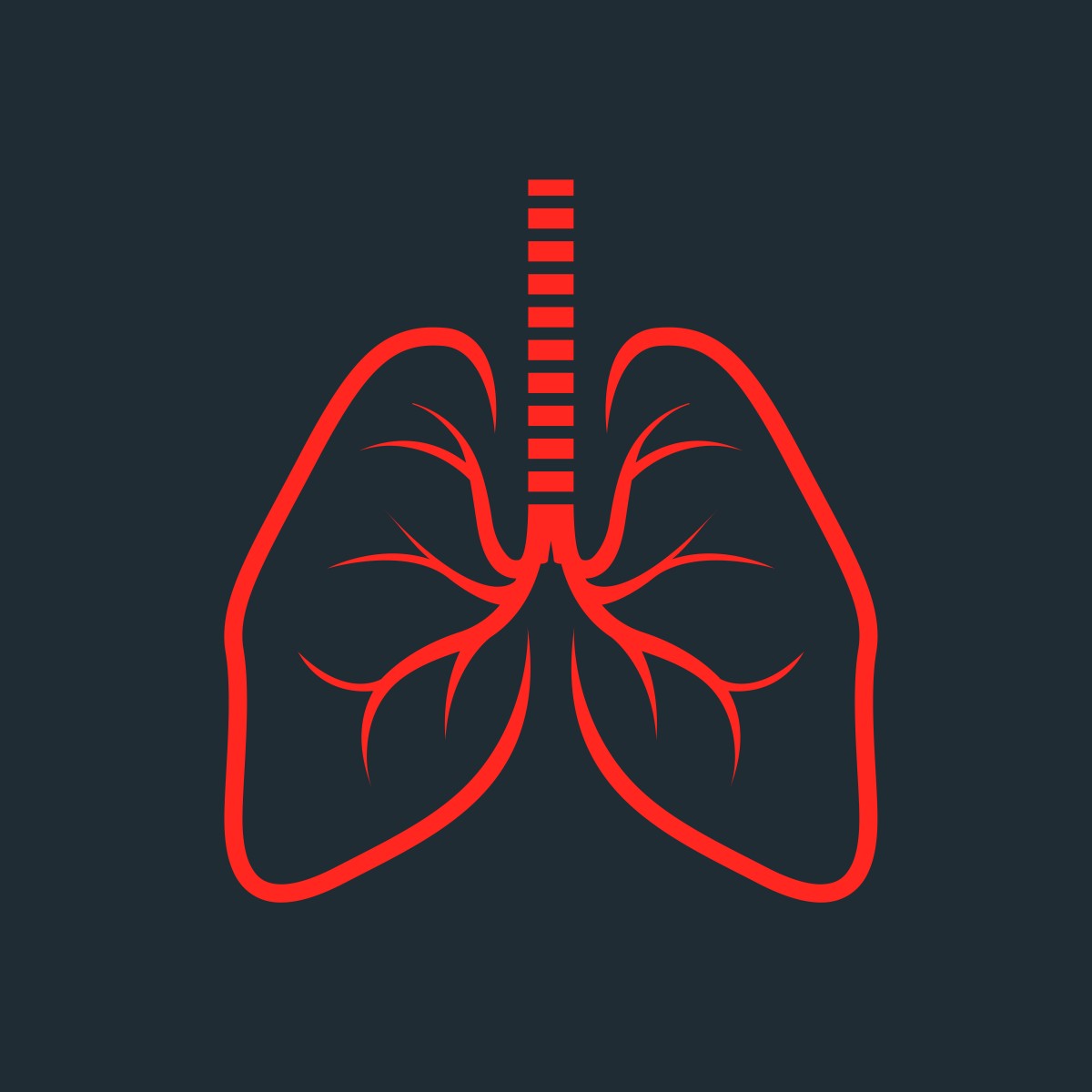Pulmonary Hypertension ‘Year in Research Review’ Finds Reasons for Hope

Recent advances made, and insights gained, in clinical and preclinical research into pulmonary hypertension were highlighted in a Clinical Year in Review article published in the journal European Respiratory Review. The article, “Pulmonary hypertension,” offers hope that pulmonary hypertension might become a well-managed, and potentially even curable, condition in a not-too-distant future.
The review focuses on studies published after the recent release of European guidelines for the diagnosis and treatment of pulmonary hypertension, which contained an inclusive summary of all published clinical studies performed through the guidelines’ finalization.
In the U.S. and Europe, the most common types of pulmonary arterial hypertension (PAH) are idiopathic PAH and PAH associated with connective tissue disease. The review by Anton Vonk Noordegraaf from the VU University Medical Center, The Netherlands, suggests that less is known about PAH in other parts of the world.
Pulmonary veno-occlusive disease (PVOD) is one of the less common causes of PAH. Genetic studies in PVOD patients have identified the gene EIF2AK4, enabling diagnosis by genetic testing. Also, mitomycin was recognized as a risk factor for PVOD — linking alkylating chemotherapy with the development of pulmonary hypertension. In PAH, an association between a treatment — interferon — and disease development was also identified. A prospective study is needed, however, to confirm that a link truly exists.
A number of important insights into treatment strategies in PAH were made during 2015. While a large number of clinical trials were conducted during the last year, some important highlights came from studies seeking an optimal strategy for combination treatment. The AMBITION trial showed that an initial treatment combination of ambrisentan and tadalafil was superior to monotherapy in lowering the risk of clinical failure, most frequently in the form of hospitalization for worsening PAH.
PAH symptoms are related to right ventricular function, so an important question is whether initial combination treatment protects the right ventricle better than monotherapy. Data from the AMBITION trial showed that NT-proBNP, a marker of right ventricular wall tension, was much lower in the therapeutic combination group than in the monotherapy groups. A separate study also confirmed that a drop in NT-proBNP of 40 percent is associated with excellent survival.
Other studies have shown that changes in right ventricular function precede disease progression in stable PAH patients. This might be linked to another finding, showing that the contractile reserve of the right ventricle is absent in advanced PAH, and to preserve stroke volume, the right ventricle needs to dilate.
Although GRIPHON, a study investigating selexipag in PAH, showed the beneficial effects of combination therapy with an endothelin receptor antagonist (ERA) and a phosphodiesterase type 5 (PDE-5) inhibitor, the COMPASS-2 study of a sildenafil and bosentan combination did not demonstrate superiority to sildenafil monotherapy.
Pulmonary hypertension secondary to left heart disease, such as heart failure with preserved ejection fraction, can be challenging to distinguish from PAH. This distinction is important from a therapeutic standpoint, as a recent study showed that the PAH drug sildenafil was not beneficial for this group of patients. Today, the differential diagnosis between the two conditions requires an invasive investigation. Advances in research are needed to assess whether signs of left ventricular hypertrophy on ECG, an assessment of left atrial size on echocardiography, and medical history could distinguish the two conditions. One study has suggested that left atrial size is indeed a strong discriminator between PAH and left heart disease-induced pulmonary hypertension.
Pulmonary hypertension associated with other types of lung disease is associated with poor outcome. Pulmonary hypertension is known to progress slowly into chronic obstructive pulmonary disease (COPD). The course of pulmonary hypertension in idiopathic pulmonary fibrosis is not as well understood, since most studies have focused on advanced lung disease. Recent research, however, showed that severe pulmonary hypertension is rare in pulmonary fibrosis patients, and pulmonary arterial pressure remained stable in most patients over one year in the study. Another study found no beneficial effects of the PAH drug bosentan in this group of patients.
One frequently debated issue in PAH is whether drug treatment improves exercise capacity. Studies in different patient groups showed no support for this hypothesis.
Chronic thromboembolic pulmonary hypertension is a poorly understood condition, believed to be caused by chronic obstruction of major pulmonary arteries. New data, however, found that also changes in venous blood vessels contribute to the disease. The main treatment for this condition is surgery. A number of patients cannot withstand surgery, however, and for them two new options provide substantial advances — riociguat drug treatment and balloon pulmonary angioplasty. The CHEST-2 study recently published positive long-term results of riociguat treatment, with improved exercise and functional capacity for up to one year. Balloon pulmonary angioplasty also demonstrated similar good results in inoperable patients.
Preclinical knowledge of the factors and molecules affected in PAH has also substantially increased in recent years – providing drug developers with new targets. Nevertheless, more work needs to be done before several of these factors can be evaluated in a clinical setting. There is still a lack of knowledge as to whether observed disturbances are causes or consequences of PAH.
One advancement worth mentioning is in the studies of BMPR2. Mutations in the BMPR2 gene are a common cause of hereditary PAH, but studies have also shown that non-hereditary PAH patients have lower levels of the receptor. Early studies of BMPR2 activators have shown promising results. Also, insights into the role of the zinc transporter ZIP12 in pulmonary hypertension following hypoxia might lead to new treatments in the near future.
While progress has been made in a number of areas, several key questions remain. Research advances have led to increased survival in PAH, making the disease more of a chronic than immediately life-threatening condition in the majority of patients. Continued collaboration in PAH research over the next decade could speed up research progress, and possibly lead to a cure for the disease.







